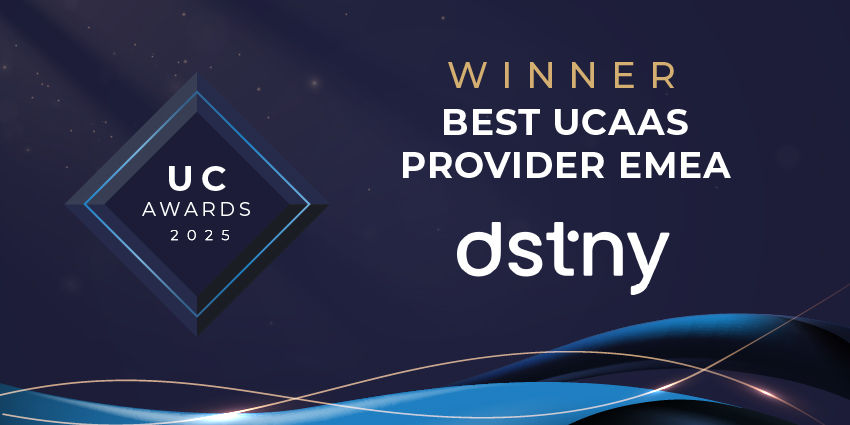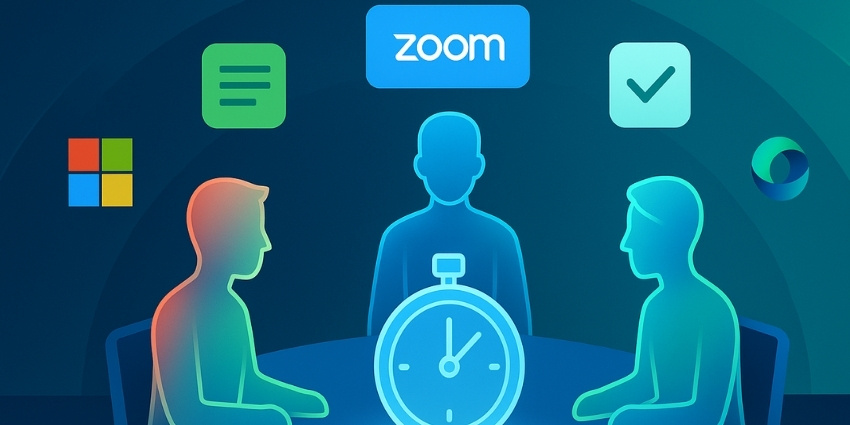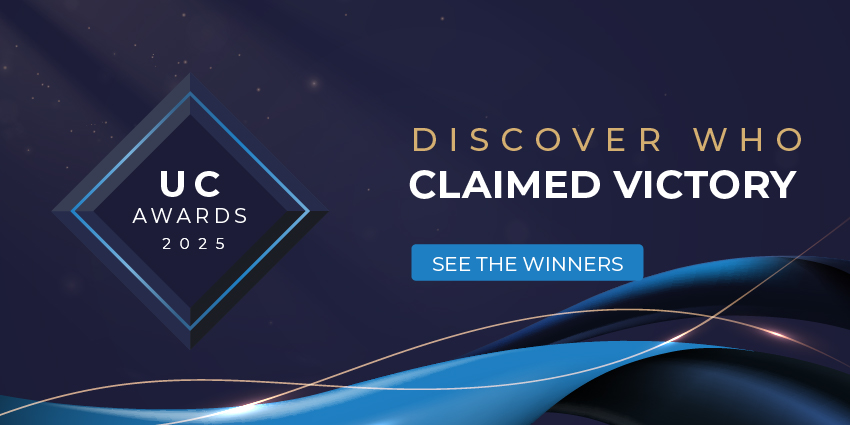Sangoma, the UCaaS vendor that’s put on AstriCon for the past 16 years, announced Asterisk 18 at this year’s first-ever digital version of AstriCon, called AstriCon (Plan 9). The software is an open-source framework for building communications applications. STIR/SHAKEN, E911, video conferencing, updates to Asterisk’s FreePBX were also on the agenda at this year’s event.
The latest version of Asterisk 18 features enhanced video calling, video conferencing, and screen sharing capabilities with WebRTC-capable endpoints. In previous versions of the software, it was necessary to integrate additional technology to enable video, but with version 18, that’s been nixed, which simplifies communications infrastructure and can reduce the need to implement as well as support multiple independent applications. According to Nenad Corbic, Chief Technology Officer, Sangoma:
“Asterisk is already well-known as the standard in ‘open source’ audio communications and features an expansive ecosystem and installed base, and Asterisk 18 brings support for STIR/SHAKEN”
This is a fairly new technology that the telecommunications industry uses to mitigate the risk of receiving unwanted robocalls and the potential of caller ID spoofing. The technology includes video improvements allowing for multiple video sources and advances in debugging and logging, which allows for easier monitoring of SIP traffic, I’m told.
Video has been at the forefront of the vendor’s development roadmap for some time, and this version is no different. Building on the foundation put into place in earlier releases; Asterisk 18 adds support for approving and removing video at any point in a call – including when using a video conferencing bridge. “These improvements help facilitate a better user experience for calls dynamic calls, i.e., ones that transition from voice to video and back.”
“This year we’ve seen first hand how the communications environment is changing. Businesses need to communicate with more than voice; they want video conferencing and collaboration as well.”

Support for multiple video sources also now a possibility, and users can enable both cameras and screens along with sharing them at the same time. As WebRTC usage has become more widespread in recent years, Asterisk now supports WebRTC. Also fresh to the open-source platform is the ability to place SIP traffic, unencrypted, in a packet capture file for later examination and filtering.
“This support provides the ability to limit logging to multiple IP addresses or even specific ranges of IPs.” Asterisk 18 is now available for download on the Asterisk web site.
As we near the end of the year, it is critical to reflect on the changing nature of the conference landscape. One can safely deduct that the old way of doing things is likely no more. Not only are companies finding it more affordable to host digital events, but things are overall a lot less stressful for attendees who can join their peers from the comfort of their home office, or from anywhere for that matter.
Perhaps one day it will be safe for us to convene once more in mass quantities just as we did in a pre-pandemic world. But, for now, a healthy and safe alternative is going digital, and next year there will probably be even more digital iterations of normally in-person conferences.






